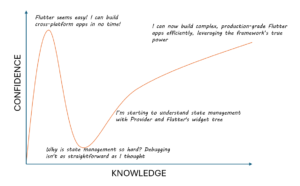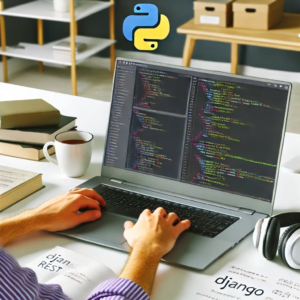In recent years, APIs (Application Programming Interfaces) have become an essential part of modern web development. They allow different software systems to communicate with each other, enabling seamless integration and data exchange. Two popular technologies for building APIs in the Python ecosystem are GraphQL and Django REST Framework (DRF). Both have their unique features, advantages, and use cases, making them suitable for different scenarios. This article provides a comprehensive comparison of GraphQL and Django REST Framework to help you choose the best solution for your project.
Overview of GraphQL
GraphQL is a query language for APIs, developed by Facebook in 2012 and released as an open-source project in 2015. Unlike traditional REST APIs, GraphQL allows clients to request exactly the data they need, and nothing more. This is achieved through a flexible query structure, where clients define the shape and size of the response. Key features of GraphQL include:
- Strongly Typed Schema: GraphQL uses a schema to define the types of data that can be queried, mutations (write operations), and the relationships between different types.
- Single Endpoint: All GraphQL requests are sent to a single endpoint, simplifying API management.
- Efficient Data Fetching: Clients can specify exactly which fields they need, reducing the amount of data transferred and minimizing the number of API calls.
- Real-Time Capabilities: GraphQL supports subscriptions, enabling real-time updates to clients when data changes.
Overview of Django REST Framework
Django REST Framework (DRF) is a powerful and flexible toolkit for building Web APIs using Django, a popular Python web framework. DRF simplifies the process of building RESTful APIs by providing a set of tools and abstractions. Key features of DRF include:
- Serializer Classes: DRF uses serializers to convert complex data types (like Django models) into JSON and vice versa. This is essential for validating and processing input data.
- Viewsets and Routers: DRF provides a set of generic views and viewsets that handle common operations like list, create, retrieve, update, and delete (CRUD). Routers automatically generate URL patterns based on viewsets, simplifying the API routing process.
- Authentication and Permissions: DRF includes built-in support for various authentication schemes (e.g., token-based, session-based) and fine-grained permission controls.
- Browsable API: DRF offers a browsable API interface, allowing developers to explore and interact with the API through a web browser.
Comparison
Flexibility and Efficiency
GraphQL’s ability to request specific fields and related objects in a single query makes it highly flexible and efficient. This minimizes over-fetching and under-fetching of data, which is common in REST APIs. However, this flexibility can lead to complex queries that might be challenging to optimize and secure.
In contrast, DRF follows a more rigid structure, where the server defines the available endpoints and the data they return. While this can lead to over-fetching, it simplifies the API design and makes caching easier. DRF is well-suited for scenarios where the data requirements are well-defined and stable.
Learning Curve and Ecosystem
GraphQL has a steeper learning curve, especially for developers unfamiliar with its concepts and syntax. It requires a good understanding of its schema definition language (SDL) and resolver functions. However, once mastered, it offers powerful capabilities for building complex APIs.
DRF, on the other hand, builds on top of Django, making it more accessible to developers already familiar with Django’s concepts. The documentation is comprehensive, and the community support is robust. DRF also integrates well with the Django ecosystem, leveraging its features like ORM, authentication, and middleware.
Real-Time Data and Subscriptions
GraphQL’s support for subscriptions provides an advantage for applications requiring real-time data updates, such as chat applications or live dashboards. While DRF can achieve similar functionality using WebSockets or third-party libraries, it requires additional setup and maintenance.
Use Cases and Scalability
GraphQL is well-suited for client-driven applications where different clients may require different data sets, such as mobile apps or frontend-heavy applications. Its ability to aggregate data from multiple sources in a single query makes it a strong choice for microservices architectures.
DRF excels in building traditional RESTful APIs, particularly for backend services with well-defined data structures and operations. Its built-in tools for authentication, permissions, and serialization make it an excellent choice for enterprise applications and APIs with complex data validation requirements.
Conclusion
Both GraphQL and Django REST Framework are powerful tools for building APIs, each with its strengths and weaknesses. The choice between them depends on the specific needs of your project. If you need fine-grained control over data fetching, real-time capabilities, and a flexible schema, GraphQL is an excellent choice. On the other hand, if you’re building a traditional RESTful API with a well-defined structure and strong integration with Django, DRF is a reliable and mature option.
Ultimately, the decision should be based on your project’s requirements, your team’s familiarity with the technologies, and the specific features you need to implement. Both GraphQL and DRF have active communities and extensive documentation, ensuring you have the resources and support needed to succeed.




